Snake plants, also known as Sansevieria or Mother-in-Law's Tongue, are among the most popular houseplants worldwide, and for a good reason. These hardy plants are renowned for their striking sword-like leaves, low maintenance needs, and ability to thrive in a variety of indoor environments. However, one common question many plant enthusiasts have is about their humidity requirements.
Do snake plants need a humid environment to thrive, or can they survive in drier conditions? In this article, we will explore the humidity needs of snake plants, how to create the best environment for them, and tips for keeping them healthy and vibrant all year round.

Understanding the Natural Habitat of Snake Plants
To understand the humidity needs of snake plants, it is essential first to consider their natural habitat. Snake plants are native to the arid regions of West Africa, where they grow in dry, rocky soils and are exposed to low humidity levels. This natural adaptation makes them incredibly resilient and capable of thriving in a range of conditions, including those with low moisture.
Due to their origin, snake plants have evolved to store water in their thick, succulent-like leaves, which allows them to withstand periods of drought. This characteristic makes them well-suited to indoor environments, especially in homes with lower humidity levels, such as those found in many regions during the winter months.
Also Read- How To Repot And Propagate Snake Plants: A Step-By-Step Guide
Do Snake Plants Need High Humidity?

Contrary to what some might think, snake plants do not require a humid environment to thrive. In fact, they are well adapted to dry conditions and can do exceptionally well in typical indoor humidity levels, which usually range between 30% and 50%. This range is similar to the natural conditions they experience in their native habitat, making them an excellent choice for homes, offices, and other indoor spaces that may not have high humidity.
Why Snake Plants Can Thrive in Low Humidity:
- Water Storage in Leaves: Snake plants store water in their leaves, allowing them to survive in dry conditions without frequent watering.
- Adaptability: They are highly adaptable to different environments, including low humidity, making them a low-maintenance option for plant enthusiasts.
- Tolerance to Indoor Conditions: Snake plants are tolerant of the indoor climate and are not sensitive to fluctuating humidity levels.
Also Read- Effortless Greenery: Snake Plant Care Tips For Busy Professionals In 2024
How to Care for Snake Plants in Low Humidity Environments

While snake plants do not require high humidity to thrive, there are a few care tips to keep in mind to ensure they remain healthy in drier environments:
1. Monitor Watering Frequency
One of the most common mistakes with snake plant care is overwatering. In low humidity conditions, snake plants require less frequent watering since they are not losing much moisture to the environment. Overwatering can lead to root rot, which is detrimental to the plant’s health.
Tip: Water your snake plant only when the top 1-2 inches of soil are dry to the touch. In most cases, this means watering every 2-6 weeks, depending on the indoor climate and season.
2. Use Well-Draining Soil
Using a well-draining soil mix is crucial for snake plants, especially in low humidity conditions. A soil mix designed for cacti or succulents, which typically includes sand or perlite, allows excess water to drain quickly, preventing waterlogged roots.
Tip: When repotting your snake plant, choose a pot with drainage holes and use a soil mix that drains well. Avoid using heavy, clay-like soil that retains moisture.
3. Avoid Misting the Leaves
Unlike tropical plants that thrive in humid environments, snake plants do not benefit from misting. In fact, misting the leaves can lead to excess moisture, which may promote fungal growth or attract pests.
Tip: Instead of misting, focus on maintaining a consistent watering schedule and ensuring the plant has adequate airflow around it.
4. Keep Away from Drafty Areas
Although snake plants are tolerant of varying conditions, they should not be placed near cold drafts or air conditioning vents, as extreme temperature changes can stress the plant.
Tip: Place your snake plant in a location with stable temperatures and away from direct drafts to avoid any potential damage.
Also Read- Green Medicine: How Snake Plants Can Improve Your Health Naturally
How to Increase Humidity if Needed

While snake plants generally do not require high humidity, there may be situations where the indoor environment becomes excessively dry, such as during winter when heating systems are running. In such cases, you can take a few steps to increase the humidity around your snake plant without overdoing it:
1. Use a Humidifier
A humidifier is a great way to maintain optimal humidity levels in your home, especially during the colder months when indoor air tends to be dry. This can benefit not only your snake plants but also other humidity-loving plants and improve overall air quality.
Tip: Place the humidifier near your plants but not too close, as direct moisture can still lead to issues with snake plants.
2. Group Plants Together
Grouping your plants together can create a microenvironment with slightly higher humidity, as the moisture released by each plant through transpiration will raise the humidity level in the immediate area.
Tip: Place your snake plant with other low-maintenance houseplants to create a visually appealing display that also benefits from shared humidity.
3. Use a Pebble Tray
Placing a tray filled with water and pebbles under your snake plant’s pot can help increase local humidity. As the water evaporates, it raises the humidity around the plant.
Tip: Make sure the bottom of the pot is not sitting directly in water, as this can cause the soil to become waterlogged.
Also Read- Snake Plants In Office Spaces: Enhancing Productivity And Wellbeing
Signs of Overwatering and Humidity Issues
Even though snake plants are low-maintenance, it is crucial to recognize the signs of overwatering and humidity-related issues:
- Yellowing Leaves: This is often a sign of overwatering. Reduce the watering frequency and ensure the pot has proper drainage.
- Soft or Mushy Leaves: Indicates root rot, often caused by excess moisture or poor drainage. Allow the soil to dry out completely and consider repotting if necessary.
- Leaf Tips Turning Brown: This can be a sign of extremely low humidity or, more commonly, inconsistent watering. Ensure you are watering correctly and keeping the plant away from drafts.
Conclusion
Snake plants are one of the most resilient and low-maintenance houseplants, capable of thriving in a wide range of indoor conditions, including low humidity. They do not require a humid environment to flourish and can adapt to typical indoor humidity levels with ease. By following proper watering techniques, using well-draining soil, and providing a stable environment, you can keep your snake plant healthy and vibrant throughout the year. Whether you are a seasoned plant enthusiast or a beginner, snake plants are an excellent choice for adding greenery to your home without the fuss.


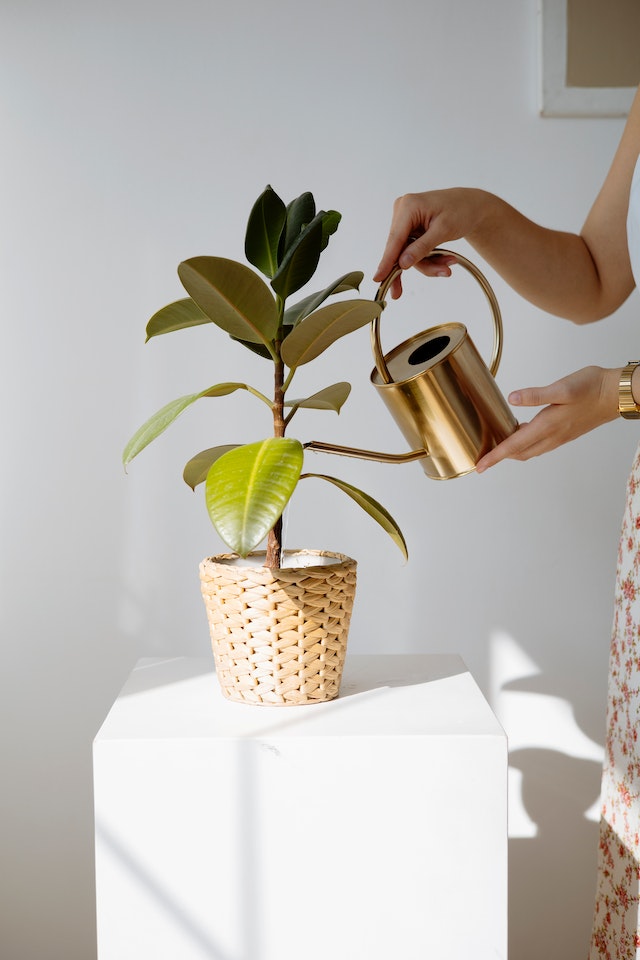


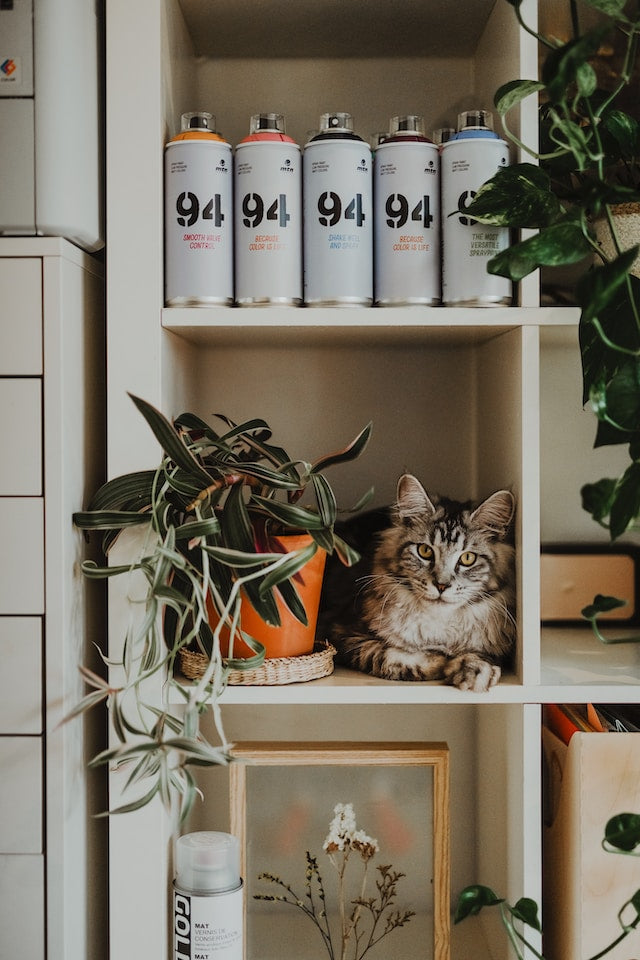
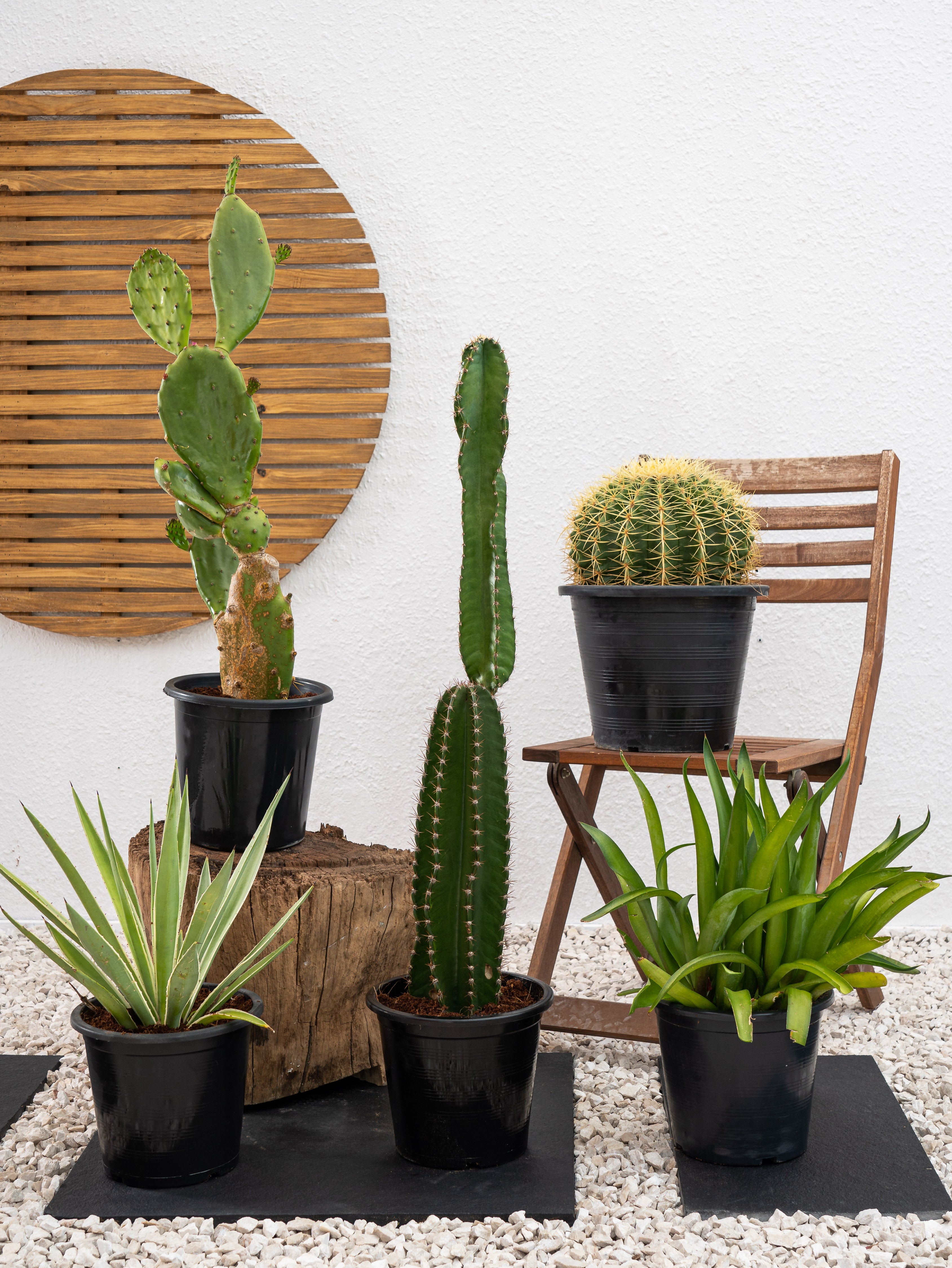
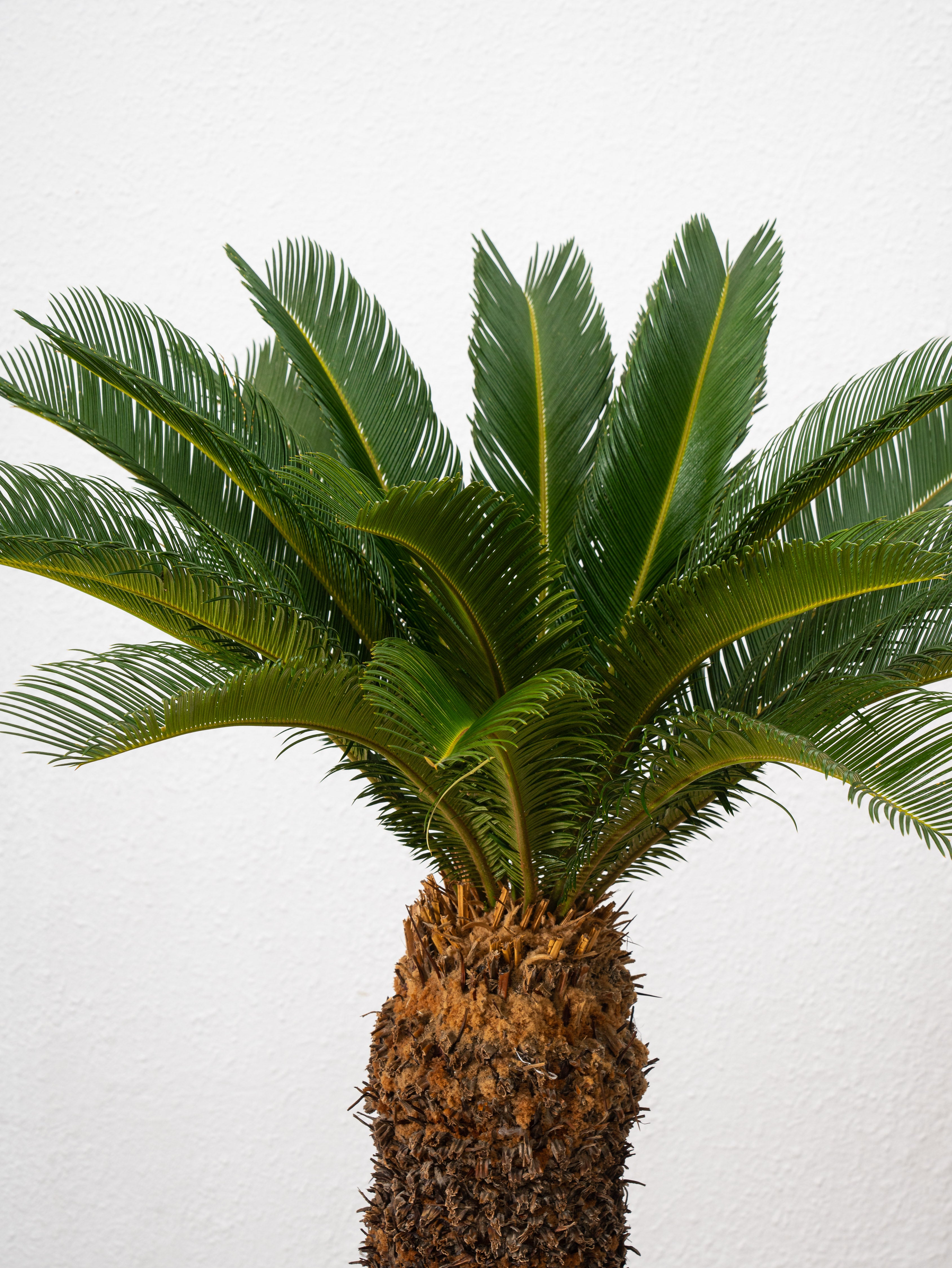
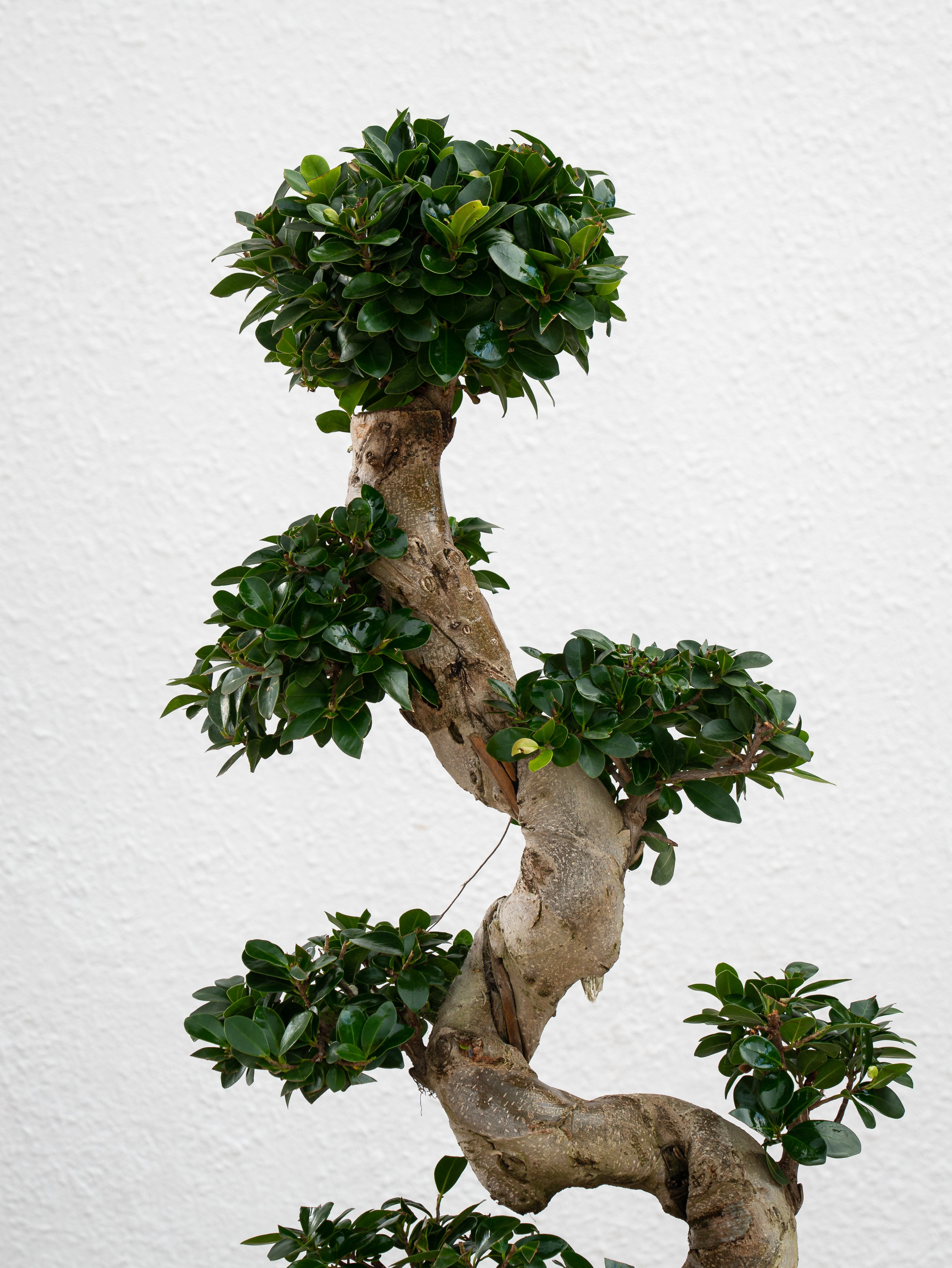
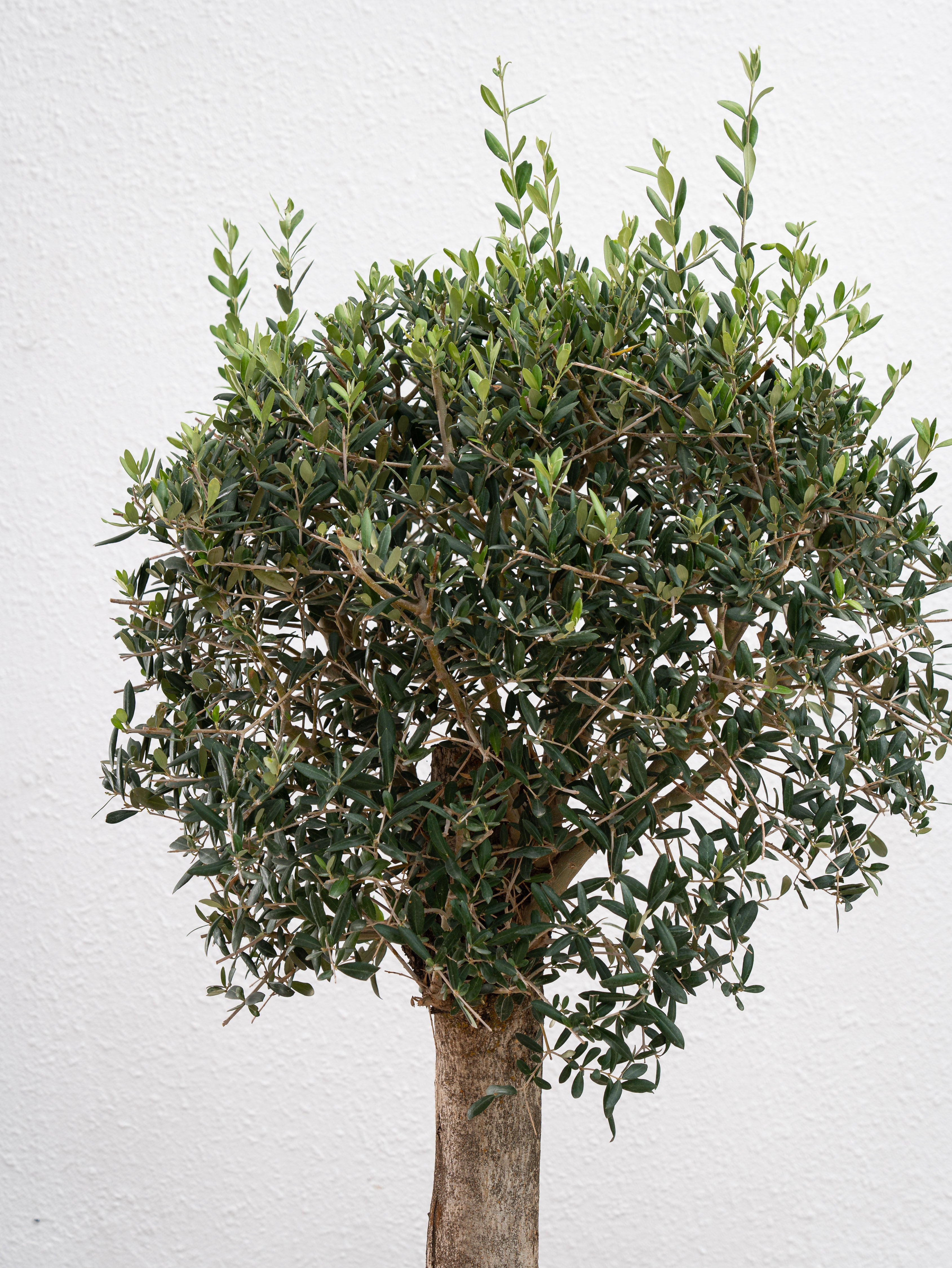

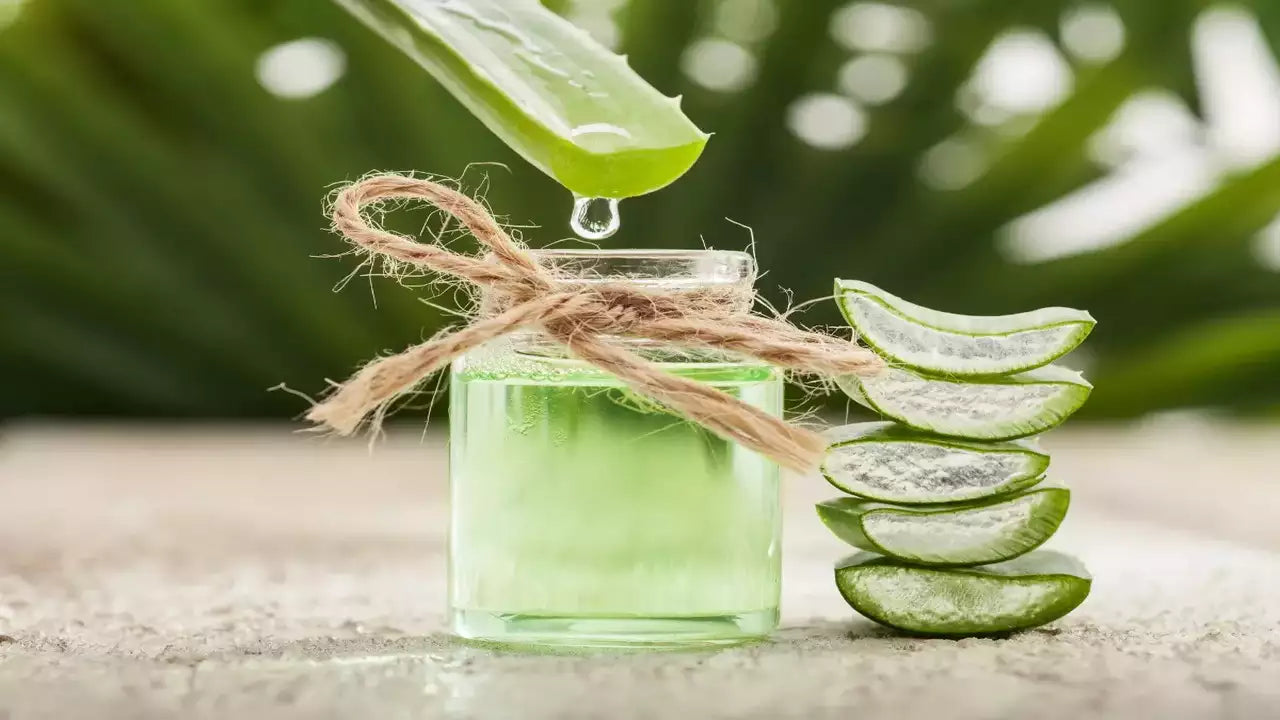
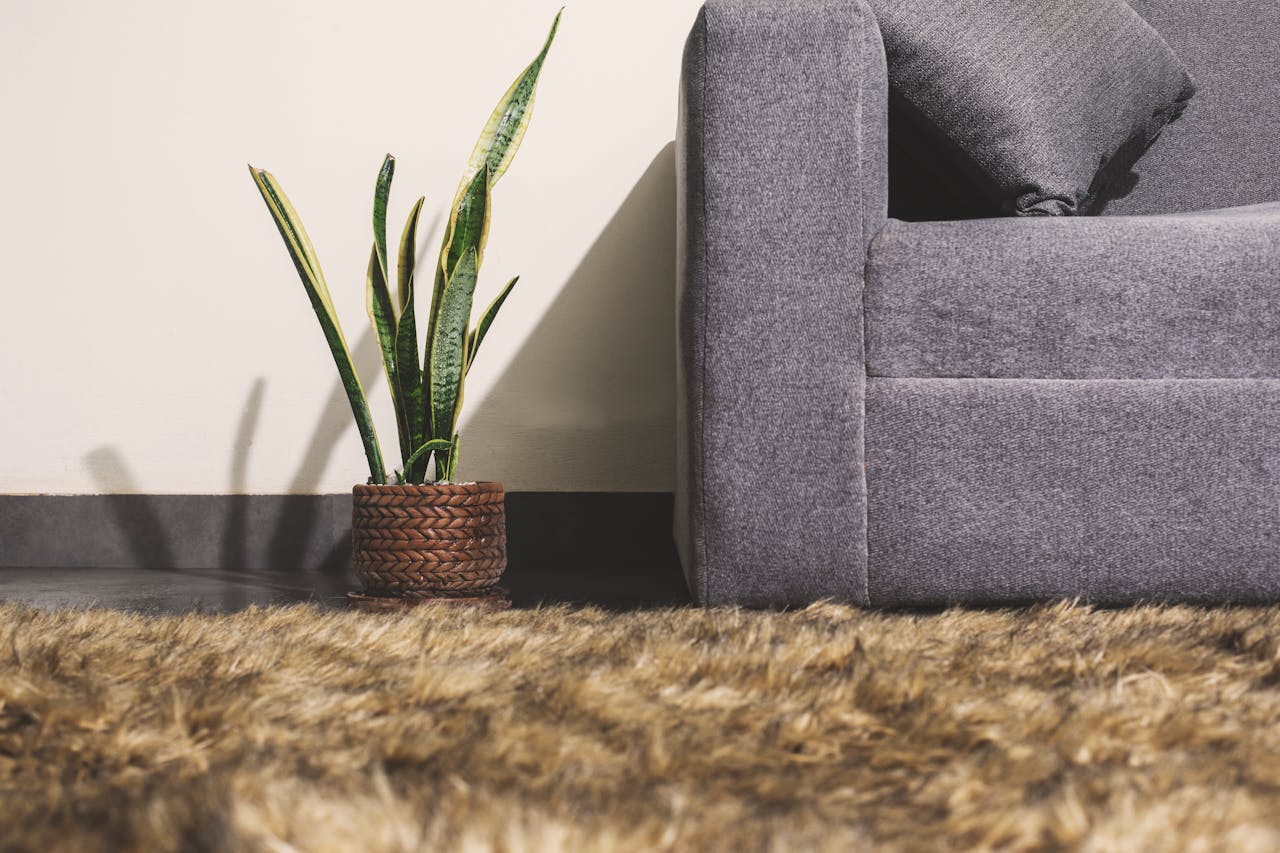
Leave a comment
This site is protected by hCaptcha and the hCaptcha Privacy Policy and Terms of Service apply.